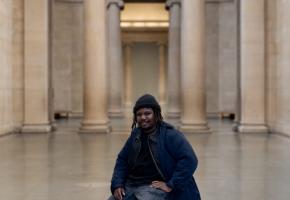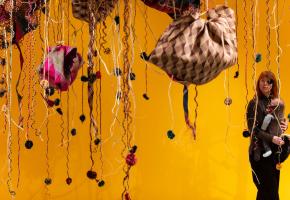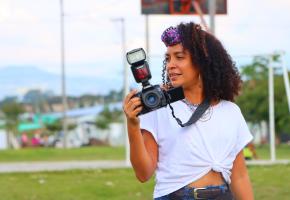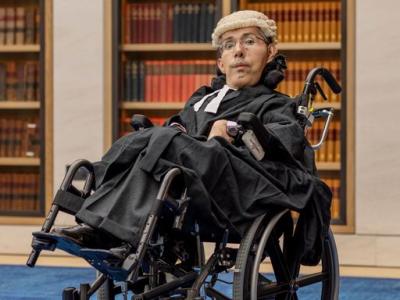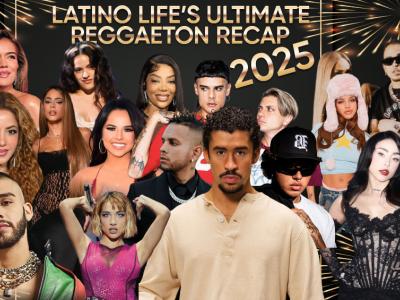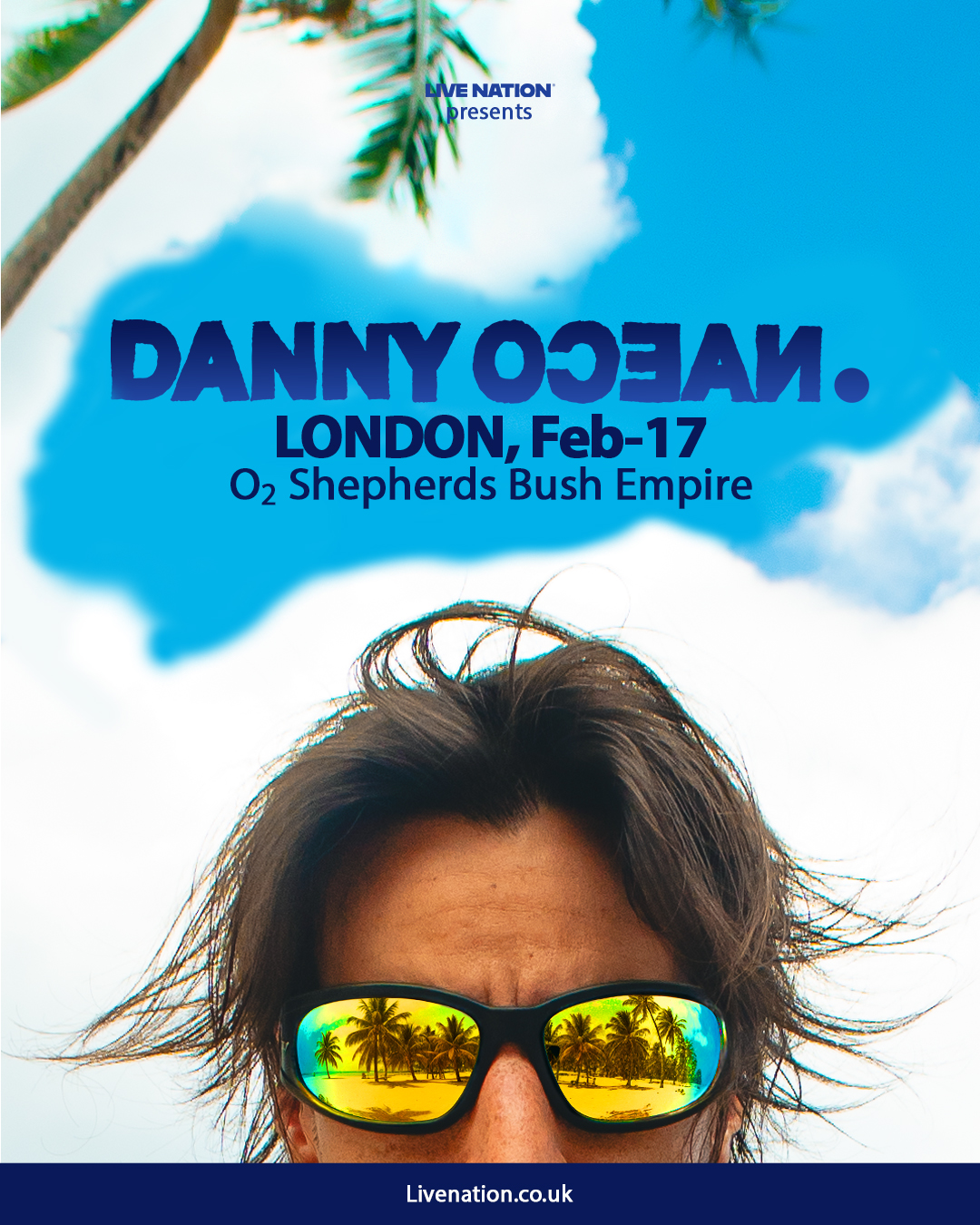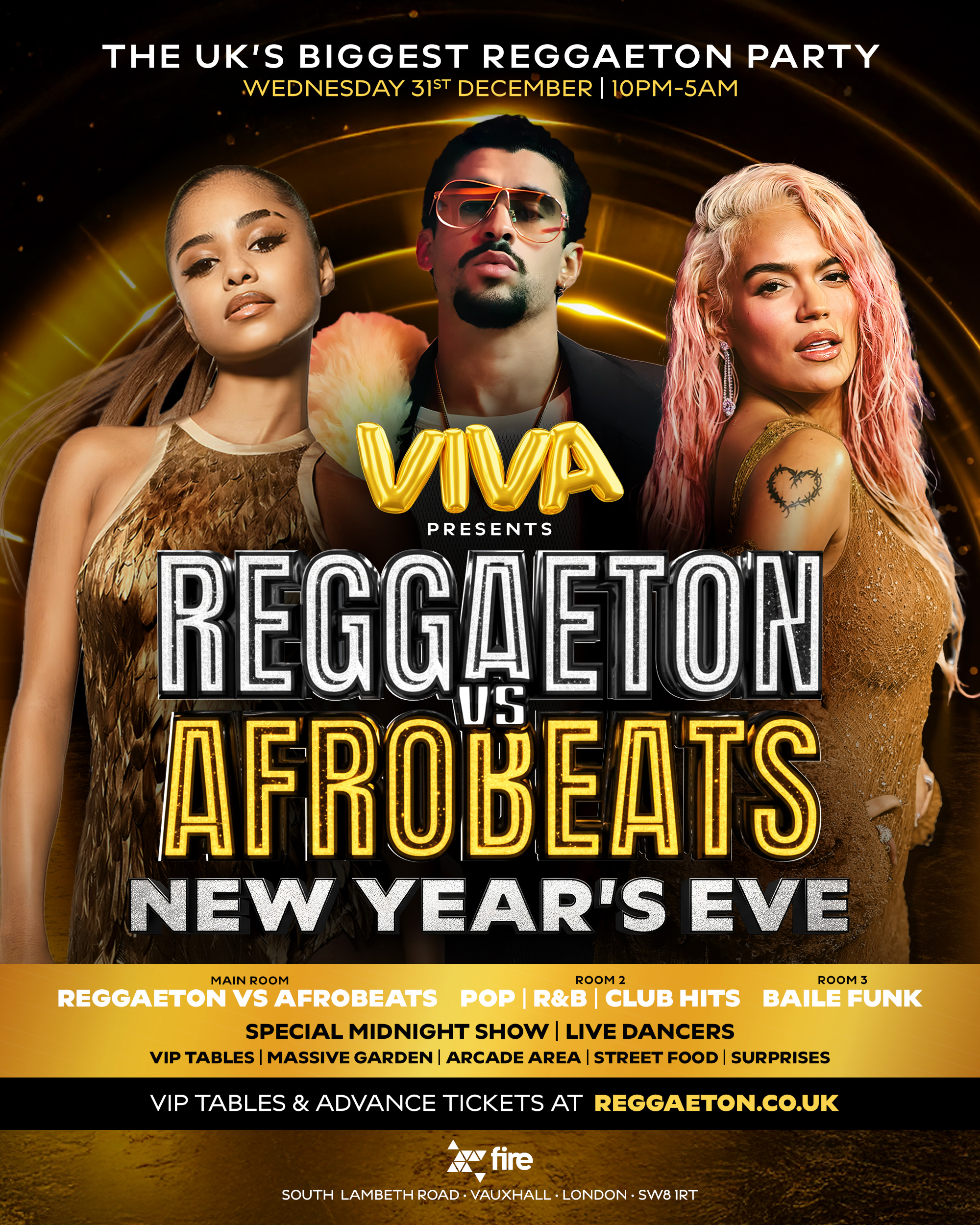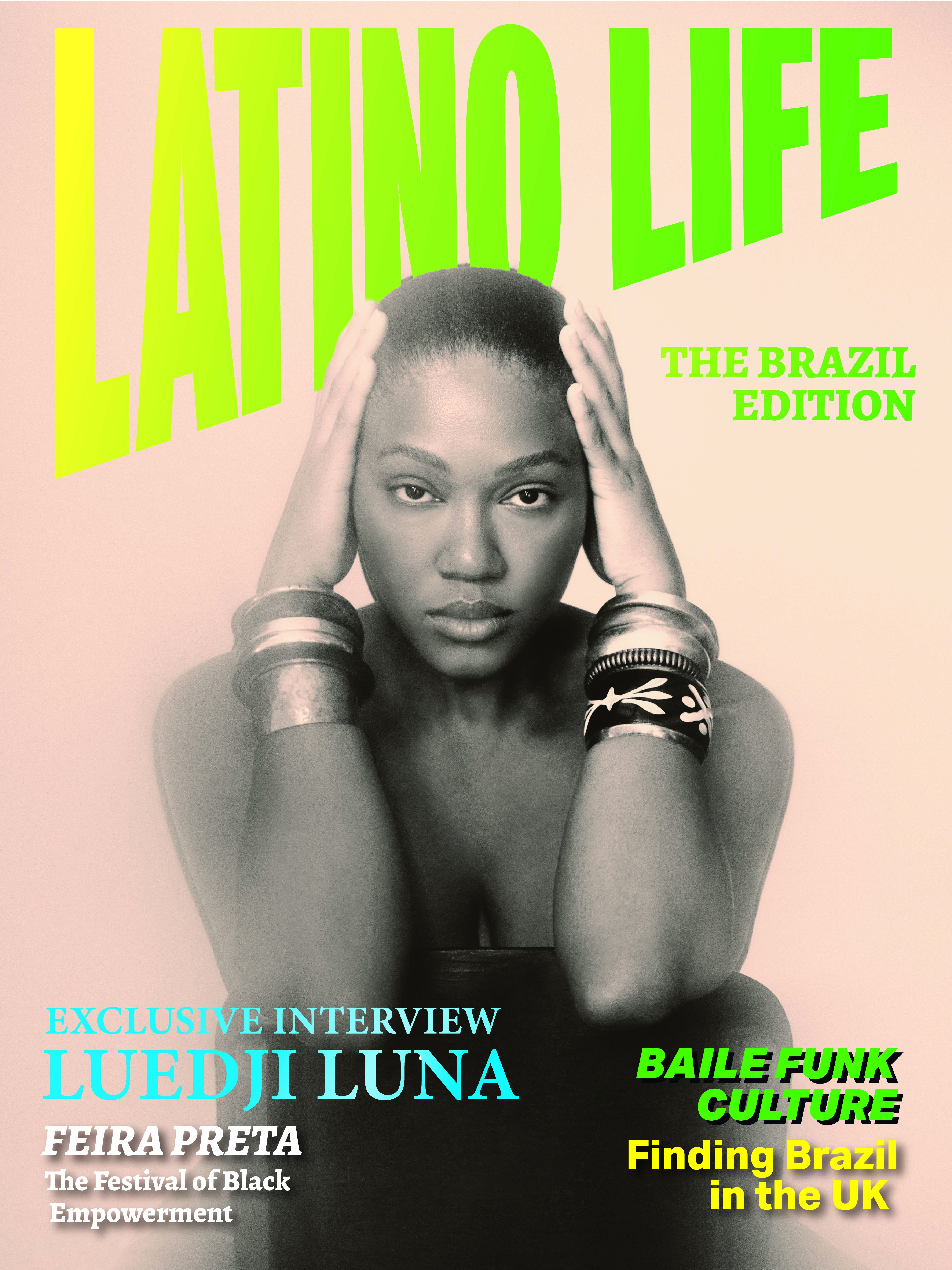A devil and a cross, followed by a defeated mother carrying a child, two young boys and a random passerby. A young lad, no older than thirteen balances on a narrow wall, half-naked, hands in pockets, hair incongruously groomed, the city stands behind him and he seems ready to jump. Streets and corners of Caracas frozen in time: walking shadows, bodies, faces, mouths and hands telling the story of a city.
There is more. A panoramic view of the shanty towns. A police raid. The taxi driver, the old lady, the girl, the swimming pool, oil fields, the tunnel, the street demonstration, the police, the blood, the tree. And then Hugo Chavez, the president, raising his hands up like a priest before his congregation, or another with one hand up against the sky, clouds and light resembling fire, the leader surrounded by heads and guiding the crowds to an unknown destination...the promised land? Anderson enjoys flirting with the religious and revolutionary icons intrinsic to the Latin American culture.
Capitolio has been described as Anderson's cinematic journey through Venezuelan reality and fantasy; exuberance and tropical heat - one of Latin America's richest countries and with a capital city that has one of the highest per capita murder rates in the world. A contraversial leader with a Socialist dream; saviour to some, the devil incarnate to others. A plethora of new social programmes and reforms, an inflation rate of 28.9%, electricity shortages, industries running at half their capacity, and yet...a dream. This is the backdrop of contradictions for the photographic journey that Anderson takes us on.
Anderson was sent to Venezuela in 2004 for a magazine. "Then I got caught up in the place. Part of me is in love with Venezuela. It is, after all, one of the most beautiful places on the planet. And my connection to the place is what led me to spend the energy to do this book." It is not difficult to understand why Anderson got mesmerized by Venezuela in 2004: a failed coup earlier in the year and a referendum to determine whether Hugo Chavez should be recalled from office or not. And no-one can blame him for being extra cautious when talking about politics...
"The politics of Venezuela plays a character in my book, but the book is not about the politics, or about Chavez. In many ways, this book could be about many different cities in the world where the close proximity of fabulous wealth and crushing poverty make for a mix of violence, fear, exploitation, divided politics, etc. The book is as much about the sensuality of life as it is about politics. But just the fact that I only get asked in interviews about the politics says much about how divided the place is and how preoccupied people are with that political division."

Did you want to say anything in particular about Caracas and Venezuela with these photographs?
"I am not sending a message. It is a portrait of a time and a place. I wanted to capture an experience I had, to create a little film in print that conveys a sense of seeing this place as if through the window of a moving car, passing through the city at night.
Some of the images ar disturbing. Was that your intention?
No, that never crossed my mind. I don't want to shock. But I did want to convey a feeling.
The book has a cinematic feel to it, as if you are watching a film...the use of black and white and the absence of capitions or text, were they intentional?
I chose to shoot in black and white as to not interrupt the cinematic experience with colour. I break the confines of the page format by having some pictures begin on one page and continue on the next, and I chose not to have any type-set text so that there would always be forward movement to the next frame. The text that appears has been stencilled and then photographed so that it feels more like credits in a movie and the film reel remains unbroken.
The black and white also gives a more dramatic effect.
Probably, but that it is not the reason why I chose it. ìI chose it because I was trying to recreate a cinematic experience. Colour breaks that experience and pictures become about the colour.
Some Latin Americans might say that your perspective is very distinctly gringo or atleast the eye of an outsider, that what you have captured is an exotic take on a reality that Latin Americans have to put up with on a daily basis, and may think that the country and all Latin American countries have much more to offer than what you have protrayed. What would you like to tell to people that think alike?
Fine. Fair enough. I think there are an equal amount of Latin Americans that would have been upset that I was ignoring the realities of the place if I had only shown the beautiful tourists beaches. But this is work was never intended as a complete vision of the place and I would never pretend it to be that. It is a specific experience of a particular time and place.
Personally I like all the photographs, particularly the shadow of a tree and graffiti and boys playing in a slum...What is the boy looking at? It gave me the impression that we was looking at the future, a dangerous future most probably.
Hmmm, I like that. I have never thought about that picture in particular on a conscious level, but pictures are really about metaphors. That is certainly part of it. The picture is of youth which is inherently about the future.
How different do you think is this work from the work of local photographers that encounter this reality every day having the opportunity of recording it?
I think that is impossible to answer. I have friends in Venezuela who only photograph beautiful landscapes and other who photograph news and violence and have pictures that are even more graphic and violent than mine. Most of the feedback from them is that they think I understood something about the place in the end. But then again, they are my friends, so of course they are going to say that.



